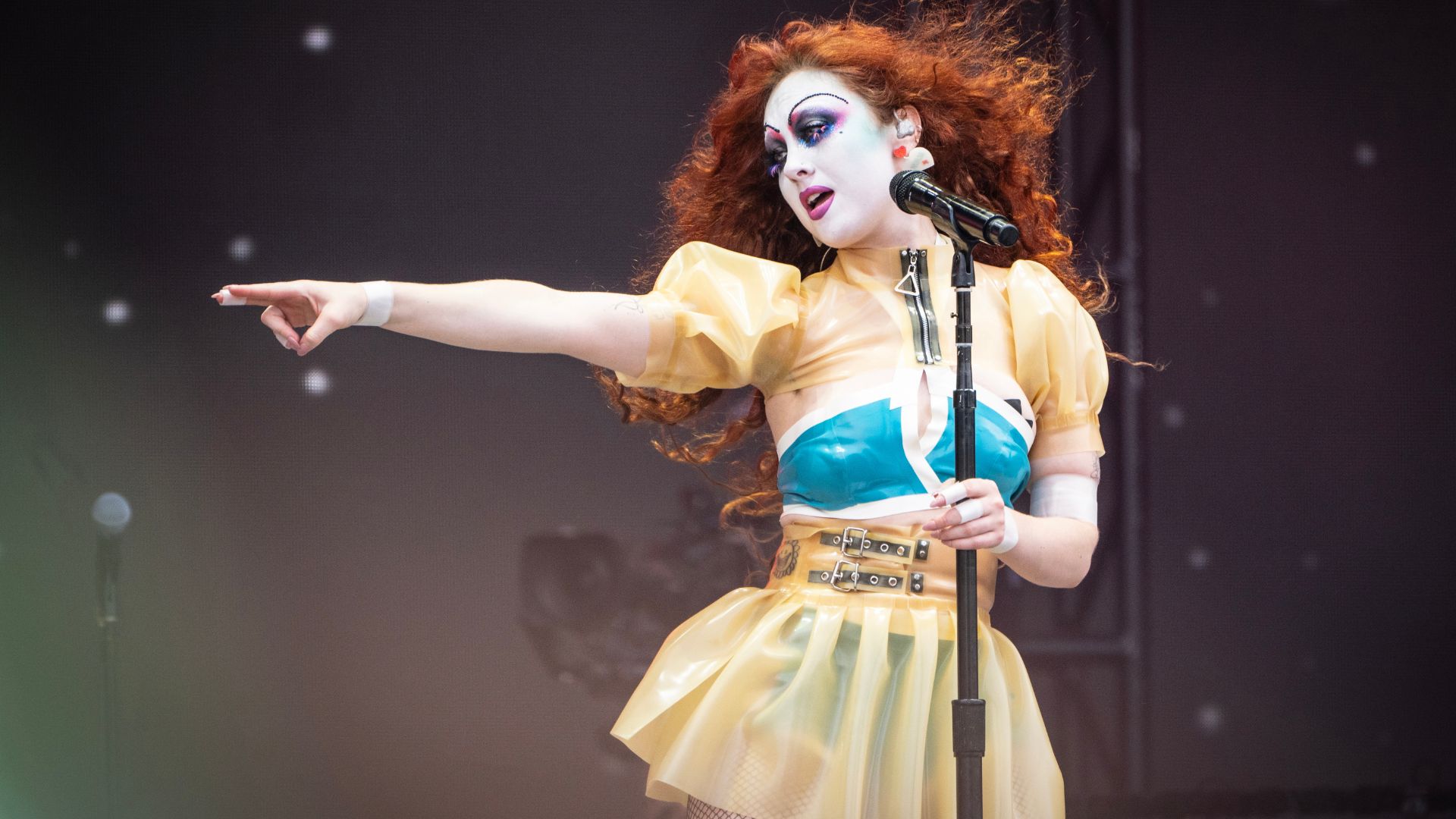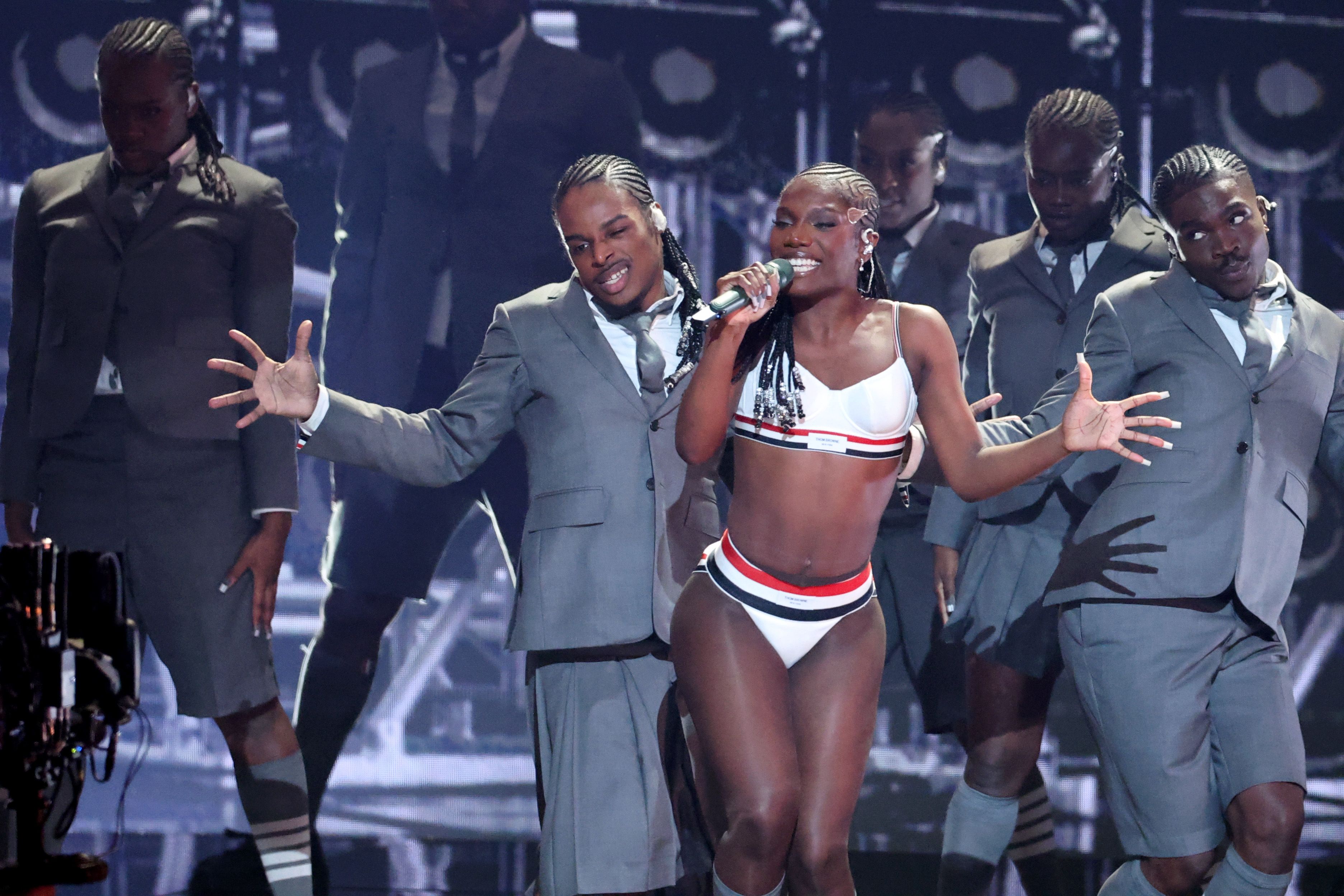This Kaggle dataset and notebook provided foundational Spotify song
data, including track features, artist information, and popularity
metrics. It was used to understand song characteristics and
establish a baseline of music metadata for correlation with TikTok
virality.
A core dataset that supplied lists of songs achieving virality on
TikTok, along with associated artists and trending dates. This was
crucial for identifying specific tracks for our analysis and
tracking their journey across other platforms.
This dataset complemented the primary TikTok trending tracks data by
providing additional metrics such as video creation counts, view
statistics, or trend durations. It contributed to building a more
comprehensive picture of TikTok engagement for viral songs.
A music data analytics platform used to gather comprehensive
performance metrics for TikTok viral songs. This provided official
chart positions (e.g., Billboard), streaming numbers on major
platforms, and radio airplay, which quantified their broader
industry impact.
Utilized alongside Soundcharts, Chartmetric provided cross-platform
music analytics, offering granular insights into social media
statistics, streaming performance, playlist reach, and crucially,
audience demographics for artists like Chappell Roan and Doechii.
Served as a reference for songs officially recognized on the TikTok
Billboard Top 50 chart. This validated our selection of case study
songs and allowed cross-referencing of chart entry dates and peak
positions with data from other analytics platforms.
TikTok's official platform for trends and insights. It was used to
identify emerging viral sounds, understand the nature of content
associated with these sounds (e.g., specific dances, challenges),
and gather qualitative data on how songs were being utilized by
creators on the platform. This informed the definition of 'primary
trend types.'
Consulted to understand the types of data available directly from
Spotify, such as track audio features, popularity scores, and artist
information. While not directly queried for the frontend, it
informed our understanding of data fields like
'spotify_weekly_streams' found in our datasets, which originated
from this API.
A music data analytics app providing real-time statistics. It was
used similarly to Soundcharts and Chartmetric to track song and
artist performance, offering quicker updates or different data
slices on streaming, playlisting, and social engagement.
A music data website that provides various music-related statistics, including iTunes, Spotify, YouTube, and radio charts. It's useful for tracking artist performance and song popularity across different platforms and regions.















.jpg)